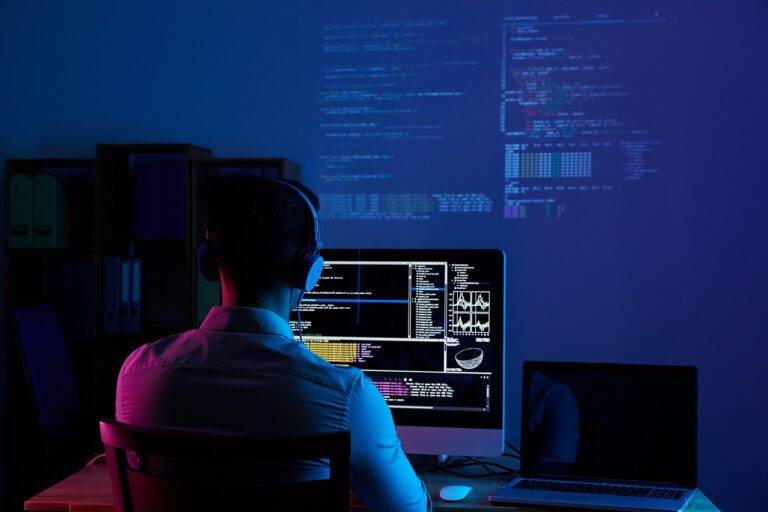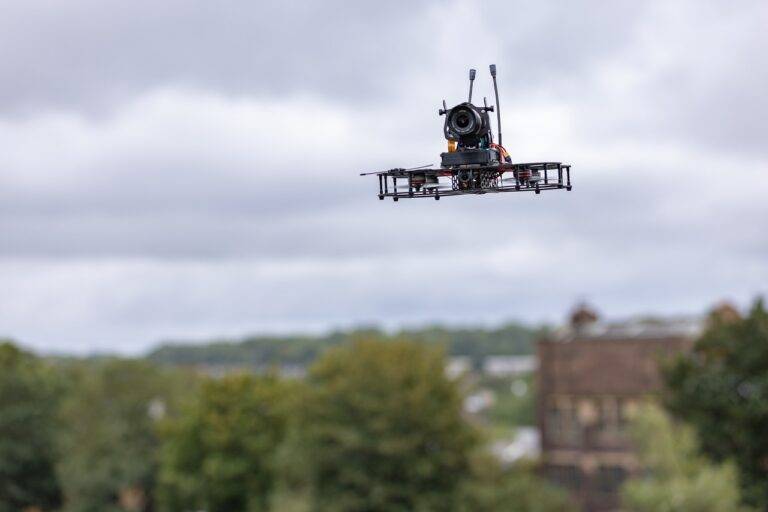Advancements in Virtual Reality for Remote Education
Virtual reality technology has revolutionized the way educators engage students in the learning process. By immersing students in realistic and interactive virtual environments, this innovative tool bridges the gap between theoretical knowledge and practical application. Through virtual reality simulations, students can explore complex concepts in a hands-on manner, stimulating their critical thinking and problem-solving skills in ways that traditional teaching methods cannot match.
Furthermore, virtual reality technology opens up new opportunities for personalized learning experiences tailored to individual student needs. This customization fosters a more inclusive and supportive learning environment where students can progress at their own pace. By offering immersive virtual experiences, educators can cater to diverse learning styles and abilities, ensuring that all students have the opportunity to reach their full potential in the educational landscape.
Benefits of Virtual Reality in Remote Learning
Virtual reality (VR) technology has revolutionized remote learning by providing an immersive and interactive learning experience for students. With VR, students have the opportunity to engage with educational content in a way that traditional methods cannot match. By simulating real-world environments and scenarios, VR helps students retain information more effectively and apply their knowledge in practical situations.
One of the key advantages of VR in remote learning is its ability to cater to diverse learning styles. Visual and kinesthetic learners, in particular, benefit from the hands-on approach that VR offers. By allowing students to interact with virtual objects and environments, VR promotes experiential learning and helps students develop a deeper understanding of complex concepts. This personalized and engaging learning experience ultimately leads to improved academic performance and increased motivation among students.
Enhancing Student Engagement through Virtual Reality
Virtual reality (VR) has revolutionized student engagement by creating immersive learning experiences that captivate learners’ attention. By transporting students to virtual worlds where they can interact with the content in a hands-on manner, VR stimulates curiosity and fosters an active learning environment. Unlike traditional teaching methods, VR allows students to explore subjects experientially, which enhances their understanding and retention of complex concepts.
Moreover, virtual reality provides a platform for students to collaborate and engage with their peers in a shared virtual space, regardless of geographical barriers. By participating in group activities and simulations in the virtual world, students not only hone their problem-solving and teamwork skills but also develop a sense of community and belonging. This collaborative aspect of VR not only enhances student engagement but also promotes social interaction and communication skills essential for success in the digital age.
• Virtual reality creates immersive learning experiences that captivate students’ attention
• VR allows students to interact with content in a hands-on manner, stimulating curiosity and fostering active learning
• Students can explore subjects experientially in virtual worlds, enhancing understanding and retention of complex concepts
• VR provides a platform for students to collaborate and engage with peers in a shared virtual space
• Participating in group activities and simulations hones problem-solving and teamwork skills
• Collaborative aspect of VR promotes social interaction and communication skills essential for success
How can virtual reality technology be used in education?
Virtual reality technology can be used in education to create immersive and interactive learning experiences for students. It can transport students to different places, allow them to explore complex concepts in a hands-on way, and engage them in a way that traditional methods cannot.
What are some benefits of using virtual reality in remote learning?
Some benefits of using virtual reality in remote learning include increased student engagement, improved retention of information, and the ability to provide personalized learning experiences. Virtual reality can also help bridge the gap between students who may have limited access to resources and those who do not.
How does virtual reality enhance student engagement?
Virtual reality enhances student engagement by making learning more interactive and fun. It allows students to actively participate in the learning process, rather than passively consuming information. This hands-on approach can lead to increased motivation, curiosity, and retention of knowledge.





